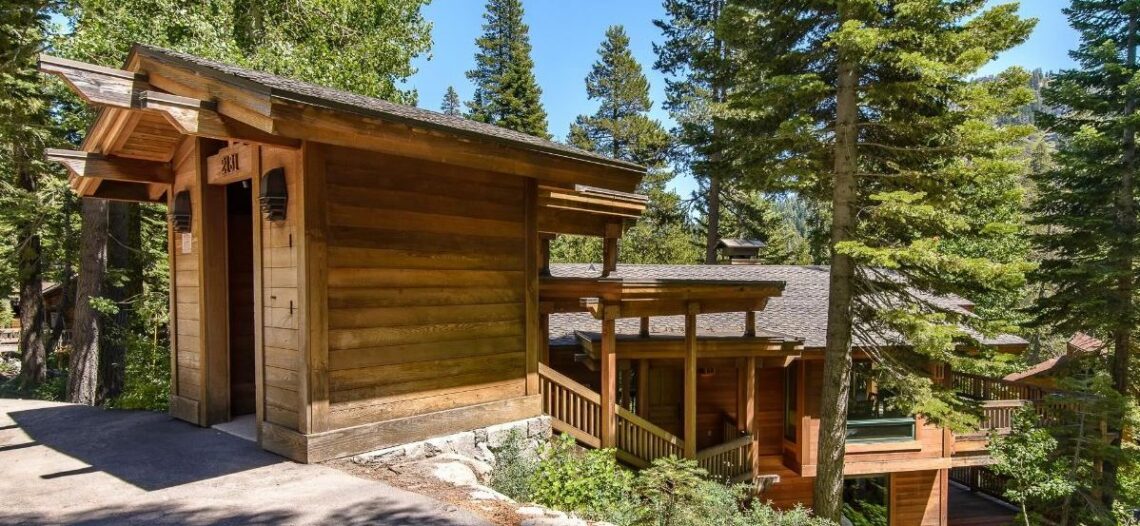
Top 5 Notable Home Inspection Repairs
The housing market is unpredictable with its variable sale pricing, interest rate fluctuations, and the everchanging supply and demand. All these factors remind us that buying or selling a home should be considered with care. It doesn’t matter if we are a first-time homebuyer or a seasoned homeowner, this is a meaningful and substantial transaction. Fortunately, there are many tools available.
In a competitive market a prospective homebuyer may forego a home inspection. This can be a risky move. A home inspector performs an inspection that documents the property’s condition and reveals any major and minor issues. It can also provide assurance that the home is a structurally safe and sound property. Here are 5 major repairs that a home inspection can reveal.
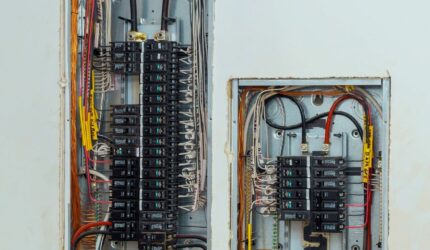 1. ELECTRICAL – Electrical panels get evaluated thoroughly to ensure that everything is up to code, identify corroded wires, and proper amperage ratings. This is particularly important for older homes that may not have been properly updated. Before making an offer, get a quote on how much the cost of repairs will be to bring the home up to modern standards if there are electrical issues. 1. ELECTRICAL – Electrical panels get evaluated thoroughly to ensure that everything is up to code, identify corroded wires, and proper amperage ratings. This is particularly important for older homes that may not have been properly updated. Before making an offer, get a quote on how much the cost of repairs will be to bring the home up to modern standards if there are electrical issues. |
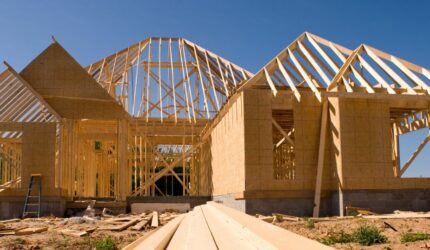 2. FOUNDATION – This is the imperative structural portion that supports the entire home. Many buyers may be discouraged when they hear that there are structural problems as it is typically the most costly item to repair. The inspection could reveal settlement problems, cracks, sloping, moisture and mold in crawl spaces while also affecting the integrity of wood supports. Take note to water damage if you live in a wet climate. 2. FOUNDATION – This is the imperative structural portion that supports the entire home. Many buyers may be discouraged when they hear that there are structural problems as it is typically the most costly item to repair. The inspection could reveal settlement problems, cracks, sloping, moisture and mold in crawl spaces while also affecting the integrity of wood supports. Take note to water damage if you live in a wet climate. |
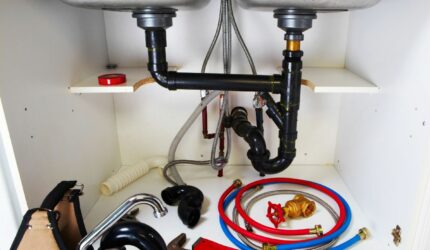 3. PLUMBING – This inspection will include anything that is affected by water flow such as piping, showers, sinks, faucets, toilets, and spigots. Inspectors will check for leaking, corroding, and cracked pipes as well as evidence of DIY work and repairs. Water problems can compromise the foundation, walls, and floors. 3. PLUMBING – This inspection will include anything that is affected by water flow such as piping, showers, sinks, faucets, toilets, and spigots. Inspectors will check for leaking, corroding, and cracked pipes as well as evidence of DIY work and repairs. Water problems can compromise the foundation, walls, and floors. |
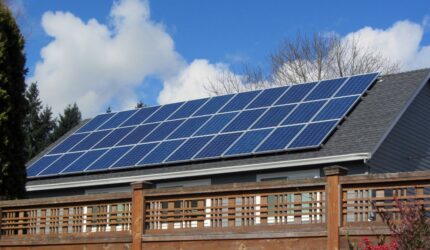 4. ROOFING – It’s common to ask the age of the roof when buying a home as it protects the home from outdoor elements and receiving proper ventilation. Inspectors look for leaks, damaged or missing shingles/tiles, and moss growth. In addition, they also check the flashing, gutters, vents, attic ventilation, and skylights. 4. ROOFING – It’s common to ask the age of the roof when buying a home as it protects the home from outdoor elements and receiving proper ventilation. Inspectors look for leaks, damaged or missing shingles/tiles, and moss growth. In addition, they also check the flashing, gutters, vents, attic ventilation, and skylights. |
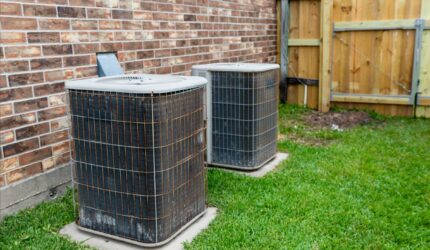 5. HVAC SYSTEM – Typically, the inspector will run the heater and air conditioning system throughout the inspection and check the thermostat to see if the system can heat, cool, and ventilate efficiently and reliably. 5. HVAC SYSTEM – Typically, the inspector will run the heater and air conditioning system throughout the inspection and check the thermostat to see if the system can heat, cool, and ventilate efficiently and reliably. |
There are many options on how to handle these repairs which can be negotiated in the offer by asking the seller to pay for them. Or the seller can meet you halfway and split the cost of the repairs. If it’s a competitive market, you may consider paying for them yourself.
I am here to help you identify your priorities, limits, and what you’re willing to accept in a home whether you’re selling or buying. It’s my job to explain the inevitable ups and downs of buying or selling a home. Reach out to me to get you ready for your next property endeavor.
Let’s find the best scenario for you,
Linda


Leave a Reply